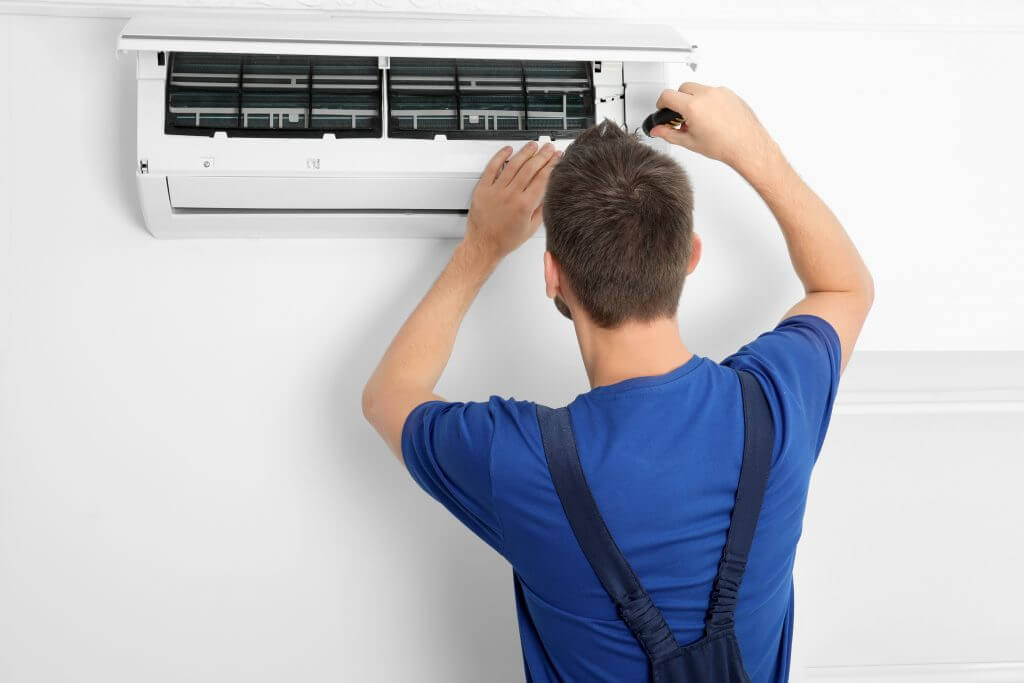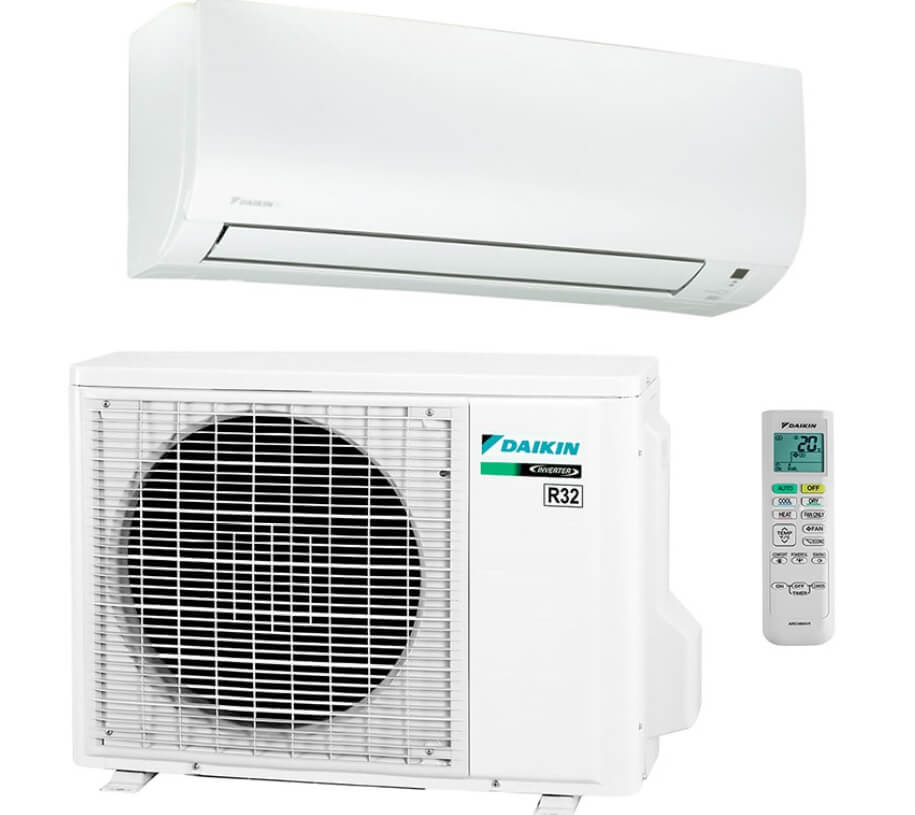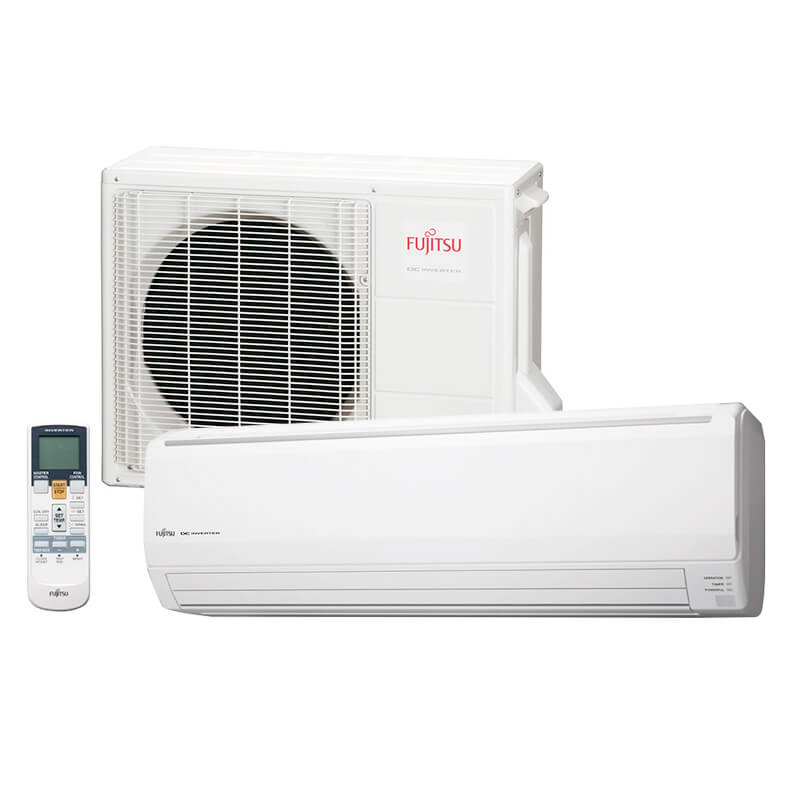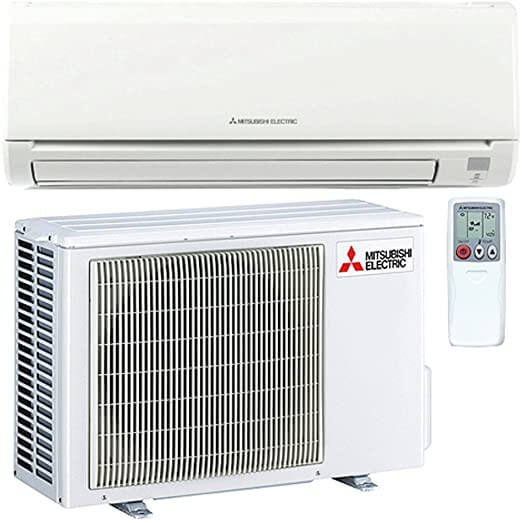
Table of Content
- Central Air Conditioner Troubleshooting Checklist
- Window Air Conditioning Troubleshooting Checklist
- Split System Troubleshooting Checklist
- Daikin Air Conditioner Troubleshooting
- Fujitsu Inverter Air Conditioner Troubleshooting
- Samsung Air Conditioner Troubleshooting
- Mitsubishi Air Conditioner Troubleshooting
One of the keys to long-lasting HVAC systems is to conduct air conditioners troubleshooting whenever you notice a problem with cooling performance. Many common AC problems are actually simple to fix, especially if they are caught early. Here are some of the AC problems you may encounter, according to Consumer Reports, and how to troubleshoot them.
Central Air Conditioner Troubleshooting Checklist
- The number one most common problem with central air conditioning is clogged air filter issues. A dirty air filter prevents air from flowing properly through the ventilation system, which will limit the amount of cool air distributed through the home. Air filters need to be replaced periodically from three to twelve months, so keep a schedule when to buy new filters.
- The next important item on your checklist should be to check the thermostat to make sure it's in the proper setting and not exposed to direct sunlight. It's actually possible for it to display an inaccurate temperature if the sun is shining on the unit.
- Then check the registers to see if they need vacuum treatment to remove dust or dirt that may be restricting airflow. At this point, you can also determine if any furniture or other physical items are blocking the airflow. When there is poor airflow circulating throughout your home it's time for a broader inspection.
It's beneficial in the long run to hire an HVAC professional each year for a checkup to make sure your system is running in optimal condition.
Window Air Conditioning Troubleshooting Checklist
When your air conditioner is running but not lowering the temperature there's a chance it's because warm air from the outside world is entering your home. That's why you need to periodically check your windows and doors to see if there are any leaks, which can be easily fixed with sealant.
It helps to understand the three main problems with window and room AC units are they don't cool properly, they fail to provide any cooling or they make noise.
An important sound to check for air conditioners troubleshooting is vibration. Do AC components shake and make a loud noise? While a certain amount of machine noise is normal, the sound of loud vibrations could mean the AC unit was installed improperly
When you hear a clicking sound but cooling isn't working it could mean the AC needs more refrigerant. The clicking sound indicates the thermostat is working. A faulty compressor may also be the culprit. Compare the temperature of air coming into the home with the temperature of the air leaving the home to make sure cool air isn't being replaced by warm air.
One way to understand a window air conditioner better is to study a diagram and analyze how the different components work together. The main cooling element is the condenser fan, which connects with a blower, a compressor, and condenser coils. In between the outer controls and the inner mechanisms are the air filter, which is set within an air inlet grill and air outlet grille.
Best Split and Ducted Air Conditioning Review
Split air conditioner Troubleshooting Checklist
Larger homes often use HVAC split systems, in which the condenser and compressor operate inside an outdoor cabinet. It combines with an indoor cabinet and an air handler, connected with a copper tube, which moves cold air into the home. A split system adds energy efficiency to a home and equipment placement can be customized. Split systems also usually don't require as much maintenance as HVAC-packed units.
When the AC won't turn on it can be for several different reasons. Some of the most common reasons include refrigerant leaks, fan belt issues, and too much condensation from debris accumulation. Faulty wiring or poor installation can cause numerous issues that often lead to reinstallation.
It's wise to work with experienced professionals who guarantee proper installation, whereas the friendly but unlicensed neighborhood handyman might not have the right tools, skills, or guarantees to ensure proper installation. A novice might not understand split systems or have the right tools.
Since a split system has more moving parts compared with a packed unit, you can expect certain parts to eventually wear out and require replacement. Many homes store HVAC components of split systems in basements where sufficient space is available. It's easy for some people to forget about their basements, which can lead to neglect of your HVAC equipment. By getting it inspected once a year you'll remember its importance in terms of energy efficiency and long-term savings.
One of the complexities of HVAC systems is different brands have different troubleshooting processes. Most consumers are not experts at HVAC or the brands associated with the industry. If you ever smell burning regardless of brand, shut the breaker off immediately. Here are some important troubleshooting tips to know about some of the major brands.
Daikin Air Conditioner Troubleshooting

A Daikin air conditioner requires you to be patient when you turn it on. The system has a built-in protective device to protect the air conditioner, so you should wait about three minutes for the AC to kick in. Its slow start time should not be considered a malfunction. One of the first things to check when the AC is not working after three minutes is if the operation lamp is off. Some of the causes can be a turned-off breaker, a blown fuse, or a power failure. Other possibilities may be the remote controller needs new batteries or the timer needs to be reset.
When the system suddenly shuts off for no apparent reason yet the operation lamp is still on, it may be due to a sudden fluctuation in voltage. The AC should automatically resume after about three minutes. You can find out more troubleshooting information by reading the Daikin manual.
Fujitsu Inverter Air Conditioner Troubleshooting

Popular with Australians, a Fujitsu air conditioner comes with a human sensor control that detects when people leave a room and then switches to energy-saving mode. The 7-day timer lets you program on and off times throughout the week. Another modern feature is the unit restarts automatically after a blackout once power is restored. If the machine stops working check for a power failure, a blown fuse, or a disconnected power supply plug.
When you notice poor cooling it could be a dirty air filter. It could also be that the unit's intake grille or outlet port has been blocked. Check to see if there are any windows or doors open in the home. If the unit is set for “super-quiet operation," it may not cool the room as effectively as you want. Another thing to check is if the remote control unit's batteries need changing. Deeper troubleshooting steps can be found in Fujitsu's manual.
Samsung Air Conditioner Troubleshooting

Like with other brands, there may be various reasons why a Samsung air conditioner isn't functioning properly. A dirty air filter or condenser coils can be corrected with cleaning. Check the thermostat to see if it's set at the right temperature for activating the fan and compressor. If parts like the compressor or control board are defective, you will need a professional technician to replace these components and test them to ensure they work properly.
The Samsung air conditioner is powered by a dual shaft fan motor with two fan blades. Bearings in the fan motor wear out over time, which usually means you'll need to replace the fan motor if the blades don't turn.
Mitsubishi Air Conditioner Troubleshooting

The Mitsubishi mini split ductless system uses a modern eco-friendly refrigerant called R-410A, which operates at higher pressures than more conventional refrigerants. Many times problems involving these systems point to insufficient or too much refrigerant. If you don't use enough refrigerant the unit might get noisy or fail to maintain the temperature in the room. On the other hand, when you use too much refrigerant the unit might not even turn on and if it does might not effectively warm or cool a room.
Pressing the “rest" button at the bottom of the unit resets the system. If it still doesn't start check to see if the breaker is tripped, which requires resetting. If the unit still doesn't work after power is restored, call a professional technician, who can check for frozen evaporator coils or an overheated compressor.
Conclusion
Going through this list of air conditioning troubleshooting will help you see the importance of keeping your HVAC system in good running condition. When you notice problems beyond your scope of understanding, contact an HVAC expert to inspect the issue. It's also advantageous to hire a pro for an annual inspection, which will help limit maintenance bills and allow the equipment to last longer.
Your ClipBoard is currently empty. Please copy row or element before pasting!
